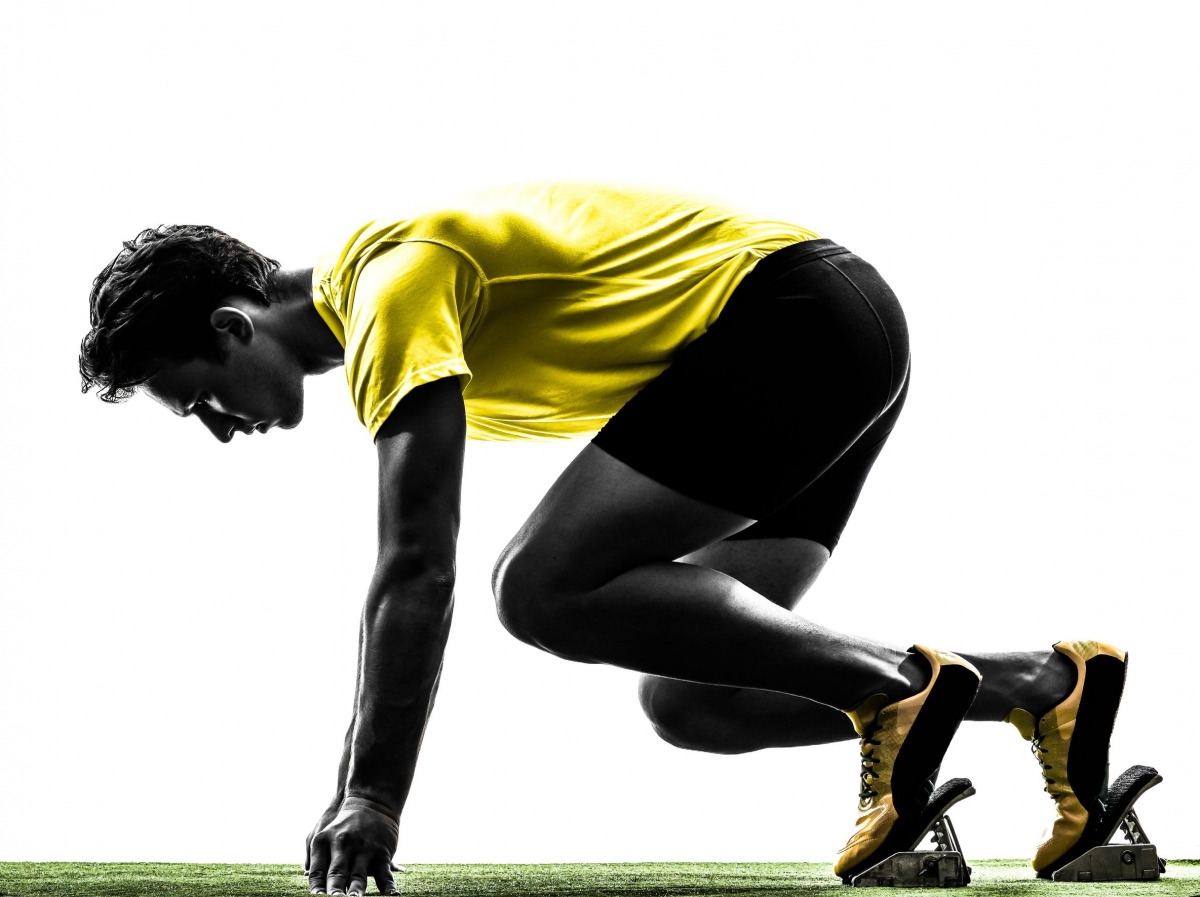Cool Runnings

Living in the desert means Southern Nevadans are consistently combating triple-digit temps, little cloud cover, and dry air all summer. Add in increased body temperature from physical exertion plus the dangers of dehydration, and outdoor exercise can quickly becomes a risky activity with potentially life-threatening complications.
One of the most common health problems associated with summer is heat exhaustion and heat stroke. Both can occur when your body is unable to cool down properly. Signs of heat exhaustion include fatigue, weakness, nausea, dizziness, cramps, and an increase in body temperature. More severe than heat exhaustion is heat stroke, which is characterized by a body temperature of 104 degrees or above, difficultly breathing, loss of consciousness, and absence of perspiration. If not treated properly, heat stroke can lead to death.
While heat exhaustion and heat stroke are very real dangers associated with outdoor exercise in high temperatures, it does not mean you have to give up your routine. Follow the eight tips below to stay cool while working on your fitness in the summer heat.
Strategize and acclimate
Exercise in the morning or evening, when the temperatures are the lowest. If you have to work out in the heat, slowly build up to your normal workout intensity level and time. It can take up to 14 days for your body to adjust.
Hydration, hydration, hydration!
Aim to drink 20-ounces of water a couple of hours before heading out, and then taking a hydration break every 15 to 20 minutes while you’re out.
Reevaluate your pace
Understand that you may not hit a personal record when it’s hot. This is the perfect time to work on form!
Dress for success
Wear lightweight, moisture-wicking clothes and always wear sunscreen.
Plan ahead
Take your workout indoors for the day if you know your diet and water intake was less than ideal the day prior.
Take the path more traveled
Know the ins-and-outs of the route you are taking. Try to find areas that are shaded so you can limit the amount of time you are in direct sunlight.
Think twice
Now may not be the best time to try a brand new activity. If you don’t know how your body will react to an exercise, don’t do it. If you don’t feel well, listen to your body and shorten your workout.
Consult your doctor
Work with your doctor to create a safe outdoor workout schedule and hydration plan. And always let him or her know any adverse symptoms you may be experiencing as soon as they start.
